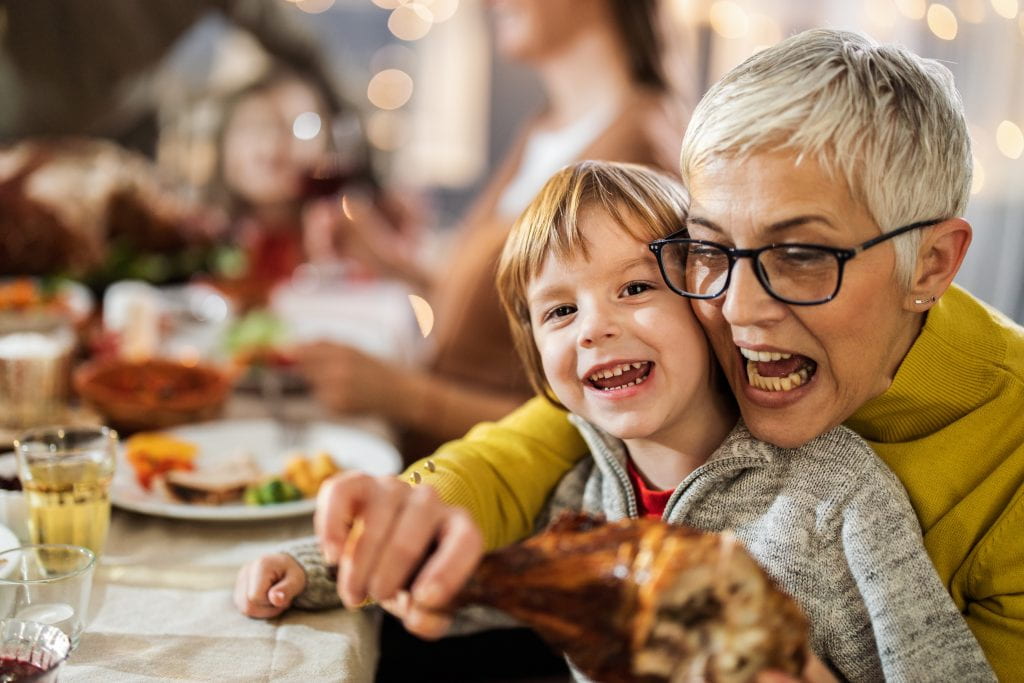For many people, Thanksgiving is a time for families to come together, focus on what they are thankful for, and eat some amazing food. However, for children with food aversions, Thanksgiving dinner can be challenging.
Aversions to foods are sometimes sensory-related.
Sometimes, picky eating reflects oral hypersensitivity. Oral hypersensitivity is a heightened sensitivity to sensory input within the mouth. For example, the textures of certain foods, their temperature, the amount of food in the mouth at any given time, and certain tastes are all related to oral hypersensitivity. If children display oral hypersensitivity, they may also have increased sensitivity to other senses, such as touch (tactile) or sound (auditory) input. If children display tactile hypersensitivity, they may not want to touch food with their hands. Similarly, when children display auditory hypersensitivity, they may become easily distressed by the sound of chewing. Ultimately, when children are hypersensitive, they often avoid eating foods that cause them negative feeding experiences.
While picky eating may sometimes require feeding therapy, there are a few tips and tricks you can use at Thanksgiving Dinner to help make eating a more pleasurable experience for your child and the whole family.
- Provide different food options, both preferred and non-preferred foods. Do not force your child to finish any of their foods.
- Praise your child when they place non-preferred foods in his/her mouth. For example, you can say, “Good job trying the cranberry sauce!” DO NOT provide a reward (e.g., giving a piece of candy for trying the cranberry sauce).
- Ensure your child is positioned appropriately – feet flat on the floor, everything within reach, table surface at waist level.
- If your child refuses to eat any food, allow your child an opportunity to play with their food. For example, Simon Says (“Simon says place food on your nose”), use a paintbrush and “paint” with mashed potatoes and gravy, build a tower made out of turkey, or create a basketball hoop on a paper plate and spit peas into the basketball hoop.
- Model trying different foods in front of your child and express how much you enjoy the food.
- Verbally offer your child choices. For example, “Do you prefer corn or green beans?

Remember to be patient with your children. Usually, there is a reason that they do not want to eat certain foods.
While these tips work for some children, they will not work for everyone. Remember to be patient with your children. Usually, there is a reason that they do not want to eat certain foods. Forcing them to eat non-preferred foods usually only worsens their aversion to the food.
On behalf of the Washington University Neurofibromatosis Center, we wish you and your family a happy Thanksgiving.
-Madeline Scherr, MS, OTR/L
- Angell, A. (2010). Selective eaters and tactile sensitivity: A review of classification and treatment methods that address anxiety and support a child’s need for a sense of control. Infant, Child, and Adolescent Nutrition, 2(5), 299-303. https://journals.sagepub.com/doi/pdf/10.1177/1941406410382904
- https://plantbasedjuniors.com/picky-eater-food-play-ideas/
